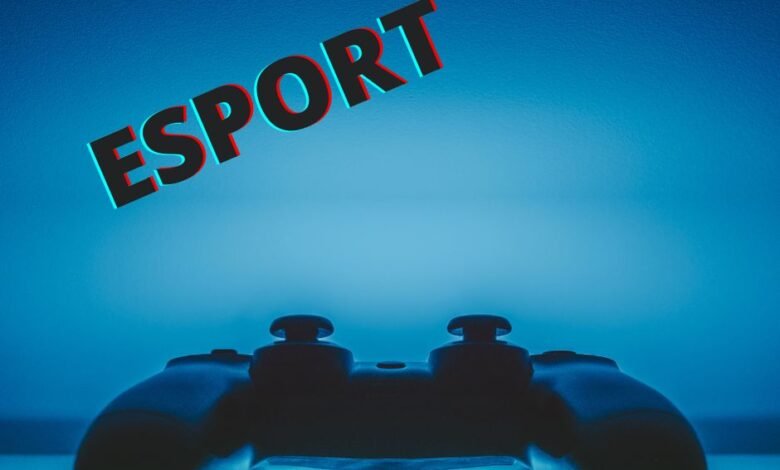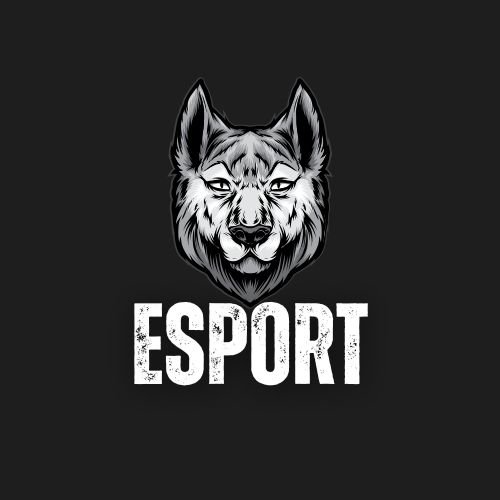Stat-Powered Callouts – Syncing R6 Tracker Analytics with Team Strat Boards

A decade ago, a Rainbow Six Siege “callout” was little more than “One Piano!” yelled in a hurry. In 2025 the best squads speak in numbers as well as nouns: “They average a 67 % Jacuzzi take—rotate a Kiba early.” Those numbers flow straight from R6 Tracker, the Overwolf overlay and web hub that hoovers up every round’s telemetry and turns it into instantly shareable dashboards. When that data is piped into a living strat board—whether you use R6Strat, Miro, or a Notion whiteboard—callouts stop being reactive shouts and become pre-planned micro-scripts that win openings before the prep phase ends.
1. The Analytics Arsenal You Already Own
Even the free tier of R6 Tracker captures a buffet of metrics: real-time lobby MMR, operator pick/ban rates, map win percentages, and the new TRN Elo curve that scores impact events like plants and 1 v X clutches higher than raw frags. The desktop client auto-attaches those stats to each VOD the moment the round ends, so an analyst no longer has to scrub footage to locate momentum swings. Better still, the Trends tab exports heat maps and timelines as PNGs—perfect building blocks for any visual strat doc.
Key takeaway: every metric stored inside r6 Tracker can be dragged—and later updated—onto the same canvas your IGL uses to draw rotates.
2. Translating Metrics into Bite-Size Callouts
Numbers mean nothing mid-round unless they compress into radio-friendly phrases. A TRN Elo spike on a defender’s Smoke, for instance, becomes the shorthand “Watch for late-gas.” If Tracker shows the enemy Iana has a 70 % opening-kill rate on Chalet, the map note reads, “Spawn peek Skylight—deny entry pick.” Because these tags are grounded in aggregate trends, not hunches, everyone trusts them; the soft breach no longer argues about a gadget he never sees—Tracker proved it. After a r6 tracker single week, the callout sheet fills with statistically anchored shorthand that anyone can recite under stress.
3. Building the Board: Tools, Formats, and Sync Tricks
R6Strat already provides map templates and operator icons, but pasting raw images from Tracker elevates it from sketchpad to dashboard. Popular workflows look like this:
- Screenshot & Crop – At the match end, snag the heat-map PNG and the operator K/D table.
- Drop into Canvas – Layer those visuals beneath the floor plan on your board.
- Color-Code – Use red text blocks for top threat ops and green for your win-condition plays.
- LinkBack – Attach the original Tracker URL so updates auto-open the freshest version.
Teams that prefer Notion or Google Slides follow the same steps but embed the PNGs in a gallery that updates each split. The critical habit is version control: label every board slide “Week 13 Scrims” so a mis-dragged rotate never overwrites last month’s proven strat.
4. Live-Sync Workflows for Scrim Night
Because Tracker refreshes every few seconds, you can iterate while the other squad loads the next lobby. The analyst alt-tabs drag the newest timeline into the “Round 3 Review” slide and highlight the 0:45 double-kill that flipped the momentum. When r6 tracker the team regathers in the tactical timeout, that slide is already on the second monitor: “They always swing Trophy Door at 45; we tuck a Crosshair on the freezer rotate instead.” The turnaround time from data capture to callout falls under two minutes—stat-powered agility that paper notebooks could r6 tracker never match.
5. Case Study: Patching a 40 % Kitchen-Dining Win Rate
A Platinum squad we’ll call Team Helix hit a wall on Chalet Kitchen-Dining. Tracker’s Site Matrix showed a bleak 4-6 record, while Master Office sat at 8-2. Heat maps revealed that 60 % of deaths occurred at West Main Stair top-floor rotates. The analyst imported those red blots into the R6Strat board and framed them with bold captions: “ROAM GAP HERE.” In customs, r6 tracker they drilled a Solis-plus-Thorn combo that locked West Main early. One week later, Tracker logged an uptick to 7-3 on the same site. The takeaway: placing data where the strat discussion lives turned a passive insight into an actionable role swap and three extra wins.
6. Free vs. Premium: Is the API Priority Worth It?
For most teams, the free overlay plus manual screenshotting is enough. Premium removes ads, stores unlimited historical matches, and, crucially, bumps your API priority on patch day—meaning your heat maps repopulate minutes after r6 tracker Ubisoft flips the server, not hours. If you practice nightly, the upgrade saves real time; if you scrim weekly, bank the cash and stick to the basics.
7. Reliability and Patch-Proofing Your Data Feed
Every new build temporarily breaks Ubisoft’s public endpoint; the overlay can freeze or mmislabelkills Safeguards:
- Offline Cache – Always export a local copy of last night’s trends before launching on patch morning.
- Status Channel – Tracker’s Discord posts downtime reports; pin them in your team server so no one panics.
- Fallback “Manual Mode” – If the overlay dies mid-scrim, mark timestamps verbally, then retro-tag footage once the API stabilizes.
Trust the numbers, but keep contingency plans.

8. The 48-Hour Strat-Board Sprint
Want a proof-of-concept? Run this micro-project:
Day 1 – Ranked Session
Play five matches with the overlay visible. Export one heat map and one operator table per map.
Day 2 – Board Build
Drag assets into a blank R6Strat board. Mark the top three r6 tracker death funnels in red. Under each, add a callout that references the tracked operator (e.g., “Mute Jammer missing, drone flood hurts.”). Share the link before scrims.
Night 2 – Scrim Review
Watch one half on stream while your team plays. r6 tracker When a highlighted red funnel triggers, pause, rewrite the callout with the actual timestamp, and brainstorm a fix on the spot.
By the weekend you own a lightweight, data-validated strat sheet ready for league play.
Conclusion: Where Storyboards Meet Scoreboards
Siege strategy used to live in coaches’ heads; now it lives on digital canvases fueled by real-time telemetry. R6 Tracker supplies the raw footage—the rehearsals, the flubs, the hidden choke points—while strat boards turn that footage into a shooter’s storyboard. Sync them well, and your team speaks a tighter dialect: every callout is r6 tracker backed by a heat map, TRN Elo justifies every role swap, and hard percentages inform every ban phase. The result is gameplay that feels less like improvisation and more like a cinematic script you wrote together—one round at a time.
Five Frequently Asked Questions
1. How do I automatically update screenshots on my board without re-uploading?
Most canvas tools accept image-URL embeds. Copy the public PNG link from your R6 Tracker profile and paste it; the board fetches the newest frame each time it loads.
2. Does R6 Tracker violate tournament rules?
No. It is an Overwolf-approved, read-only overlay that merely displays data Ubisoft already publishes. ESL and FaceIt allow it so long as you hide the overlay during broadcast matches.
3. Our analyst is on the console—can they still pull the data?
Yes. The web dashboard mirrors every post-match stat, including heat maps and TRN Elo. They can export images and paste them into the same strat board from a browser.
4. We have an in-house spreadsheet. How do we link that to the board?
Download Tracker’s CSV export, then connect it to Google Sheets or Excel. Use pivot tables to auto-calculate site win rates and embed the live chart into your canvas for one-click refreshes.
5. What’s the ideal board-to-overlay ratio during a live match?
Keep the overlay small—MMR, entry indicators, and r6 tracker operator picks—while the board stays on a second monitor or tablet. Between rounds, glance at the board for macro calls; mid-gunfight, rely on the overlay for micro cues.